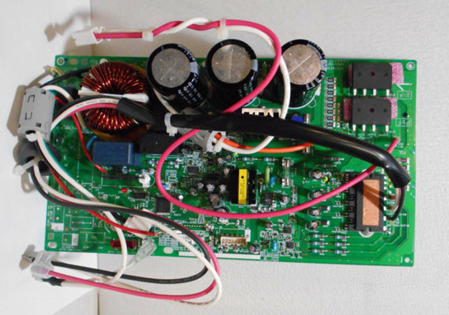Cable assembly
Posted:08:22 PM January 10, 2020
writer: NextPCB
What is the cable assembly?
A cable is two or more wires that are wrapped together within a single cover. A cable assembly is a specific type of cable harness assembly used to house wires and cables. The exterior covering is made of the material such as rubber, vinyl, or shrink-wrapped thermoplastic. Most cables consist of a positive wire that carries current, a neutral wire, and a ground wire that completes the electrical circuit. The cable assembly is specially designed to secure and organize the various wires that run through it to help electricians track where the current is going, whether it is safe to run the entire wiring. Without the assembly, cables and wires are easily confused and cross.

The function of the cable assembly
Electricity is necessary for modern life, but it is also dangerous. So, it is vital to keep the wiring neat and protected. Using cable assemblies, electricians can keep the wires well-organized for themselves and other electricians who may need to know about electrical systems.
What's more, the cable assembly is designed for specific environmental factors, including the size of the user area and the type of environmental factors that may be encountered. Therefore, the cable assembly can be many different shapes and sizes and can shield internal wires and cable from heat, moisture, compression, friction, abrasion, and other hazards. In a word, cable assemblies ensure the safety of all products in the most extreme cases.
Some points to consider when designing cable assemblies
There are many things to consider when designing cable assemblies for specific applications. Please notice some points as the following:
lEnvironmental
What environment will the cable assemblies expose? It is necessary to choose suitable materials for cable covering for the specific chemical environment. And maybe the cable will enter a harsh environment, so other factors such as abrasion resistance, adaptability, and resistance also need to be considered.
lEntire size
Sometimes the cable size requirement or restrictions are ignored. It is important to consider how to terminate the cable. Will the pins be pressed on the conductor, or will they be soldered? Besides, other related information about wire, filler, diameter, Crimp pin, and rear shell should be taken into consideration before designing a cable assembly.
lFlexibility
In some applications, the cable is installed in a fixed position and will not move. But sometimes the cable assembly is movable. When using the cable assembly, the bending times should be minimized. Otherwise, the service life of the cable will be shortened. Due to the complexity of installing or using the ring, the bending radius should be greater than the minimum bending radius of the cable itself.
lElectric requirement
It is necessary to understand the electrical requirements when designing cables. Not only the voltage but also other conditions such as impedance and capacitance should be evaluated to determine the correct type and amount of insulation.
With years of PCB manufacturing and PCB assembly experiences, NextPCB has an advanced cable preparation equipment and experienced staff, which form the basis of NextPCB' s cable assembly service. If you need cable assembly products with higher quality and safer systems, please contact us for more details.
 PCB Assembly
PCB Assembly
 Layer Buildup
Layer Buildup
 Online Tools
Online Tools
 PCB Design-Aid & Layout
PCB Design-Aid & Layout
 Mechanics
Mechanics
 SMD-Stencils
SMD-Stencils
 Quality
Quality
 Drills & Throughplating
Drills & Throughplating
 Factory & Certificate
Factory & Certificate
 PCB Assembly Factory Show
Certificate
PCB Assembly Factory Show
Certificate

